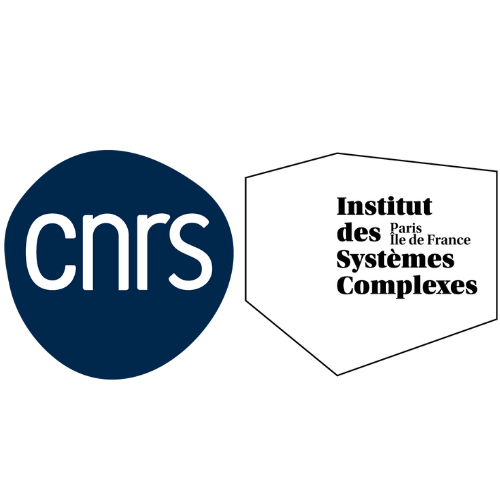Les candidats ont présenté leurs travaux devant un jury composé de Pierre Collet, Directeur du RNSC, Olivier Dauchot, Directeur de recherche (EC2M – CNRS/ESPCI), Eric Fleury, Directeur du centre de recherche INRIA, Annick Lesne, Directrice de recherche (LPTMC – UPMC) et Martin Weigt, Chef d’équipe « Génomique statistique et de physique biologique », Université Pierre et Marie Curie.
Le premier prix a été décerné à Quentin Feltgen (Laboratoire de Physique Statistique -ENS) pour sa thèse : “Statistical Physics of Language Change: The Grammaticalization Phenomenon”.
Le deuxième prix a été décerné à Agnèse Curatolo (Laboratoire Matière et Systèmes Complexes – CNRS/UPD) pour sa thèse “Collective behaviours in living systems: from bacteria to molecular motors”.
Le deuxième prix Valentin Lecheval (Université Toulouse 3-Paul Sabatier) pour sa thèse : “Experimental analysis and modeling of the behavioural interactions underlying the coordination of collective motion and the propagation of information in fish schools”.
Cet événement Prix de Thèse Systèmes Complexes a été organisé avec le soutien du DIM Problématiques transversales aux Systèmes Complexes.






